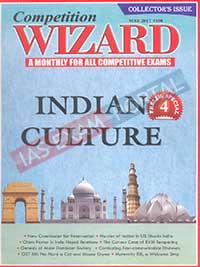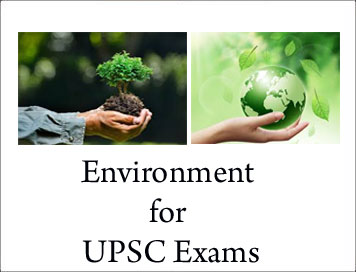
Government Plan Programme Policies for UPSC Exam
:: DEFEXPO India-2016 ::
The new Defence Procurement Procedure 2016 (DPP 2016) gives
strong support to ‘Make in India’ by according highest priority to Buy (Indian-IDDM)
i.e. Indigenous Designed, Developed and Manufactured category. It focuses on
enhancement and rationalization of indigenous content and has provisions for
involving private industry as production agencies and technology transfer
partners. The ‘Make’ Procedure has also been simplified with provisions for
earmarking projects not exceeding development cost of Rs.10 crore (Government
funded) and Rs.3 crore (industry funded) for MSMEs.
A number of measures have already been taken to achieve
self-reliance in defence production by harnessing the capabilities of the public
and private sector industry. The Defence Production Policy, aims at achieving
substantive self-reliance in the design, development and production of
equipment, weapon systems, platforms required for defence in as early a time
frame possible; creating conditions conducive for the private industry to take
an active role in this endeavour, enhancing potential of SMEs in indigenisation
and broadening the defence R&D base of the country. Indigenous manufacturing of
defence equipments is encouraged by the Government through several policy
measures, which, inter-alia, include the following:
1. Preference to ‘Buy (Indian-IDDM)’, ‘Buy (Indian)’, ‘Buy and Make
(Indian)’, categories of capital acquisition over ‘Buy (Global)’ category in
Defence Procurement Procedure.
2. The revised ‘Make’ procedure to promote design and development has been
promulgated. It provides for Government funding upto 90% and preferential
treatment to MSMEs for certain categories of projects.
3. Foreign Direct Investment (FDI) Policy has been reviewed
and as per revised policy notified in Nov 2015, Foreign Investment Cap upto 49%
is allowed under automatic route and above 49% under Government route on
case-to-case basis, wherever it is likely to result in access to modern and
‘state-of-art’ technology in the country.




 What
is it?
What
is it?

